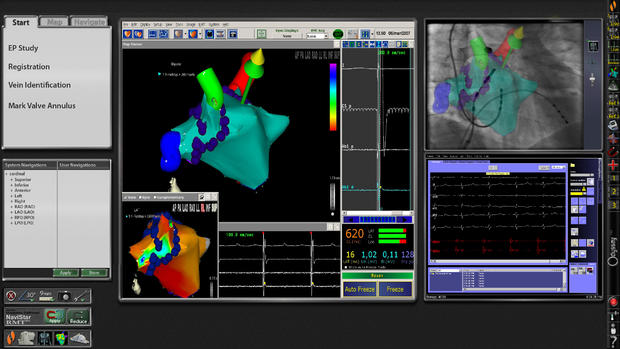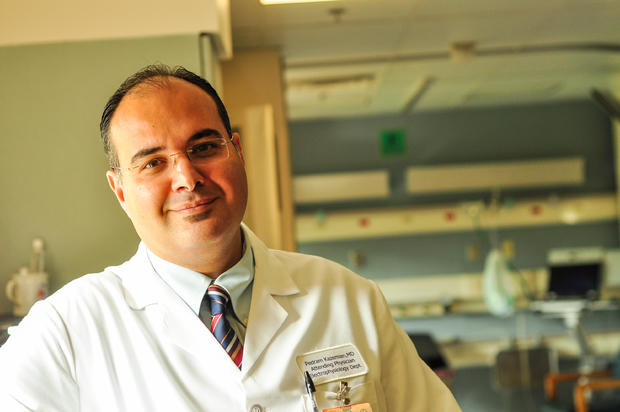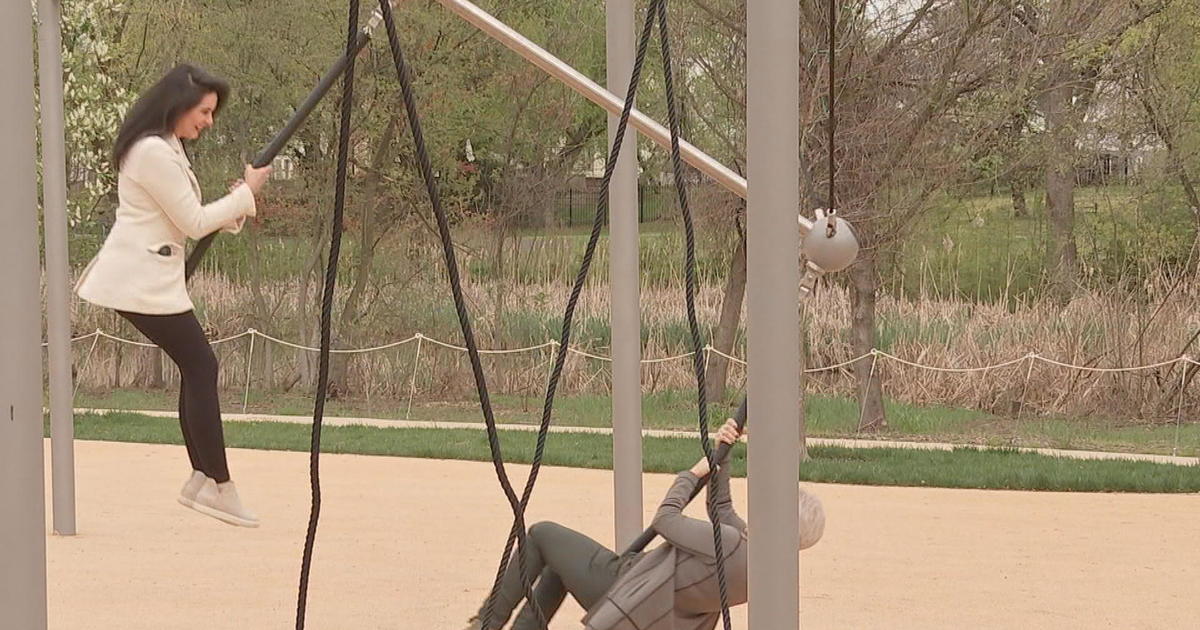Learn About Stereotaxis
It's not an exaggeration to say an electrophysiologist needs nerves of steel as well as a feather-light touch: to thread a catheter through a leg artery to a precise spot of tissue in a beating human heart, to apply enough radiofrequency energy to deactivate cells causing an irregular heartbeat in a procedure called catheter ablation. This work is not – no pun intended! – for the faint of heart.
But no amount of natural talent and advanced training can deliver needed treatment to correct cardiac arrhythmias without accurate guidance and delicate tools. One of the most sophisticated electrophysiology navigation systems in use today is assisting the doctors at Deborah Heart and Lung Center. It's called Stereotaxis.
Stereotaxis is used in what are called robotic ablations. Computer-controlled magnets steer soft, flexible catheters and guide wires through the cardiovascular system. Its superior mapping allows doctors to navigate the heart's electrical system without x-rays, while delivering treatment that can allow patients to resume more active lifestyles with less dependence on medications.
While most cardiac ablations are performed inside the heart - manually or robotically – the Stereotaxis system allows Deborah electrophysiologist Dr. Pedram Kazemian to actually perform ablations on the exterior of the heart to correct ventricular tachycardia, a heart rhythm disorder that can lead to life-threatening ventricular fibrillation. It's a procedure only available in our region at Deborah.
KYW's Rasa Kaye talks with Dr. Kazemian about Stereotaxis and how he and his team are using it as a safer, less-invasive treatment for a range of arrhythmias at Deborah.
Sponsored Content Provided By Deborah.





